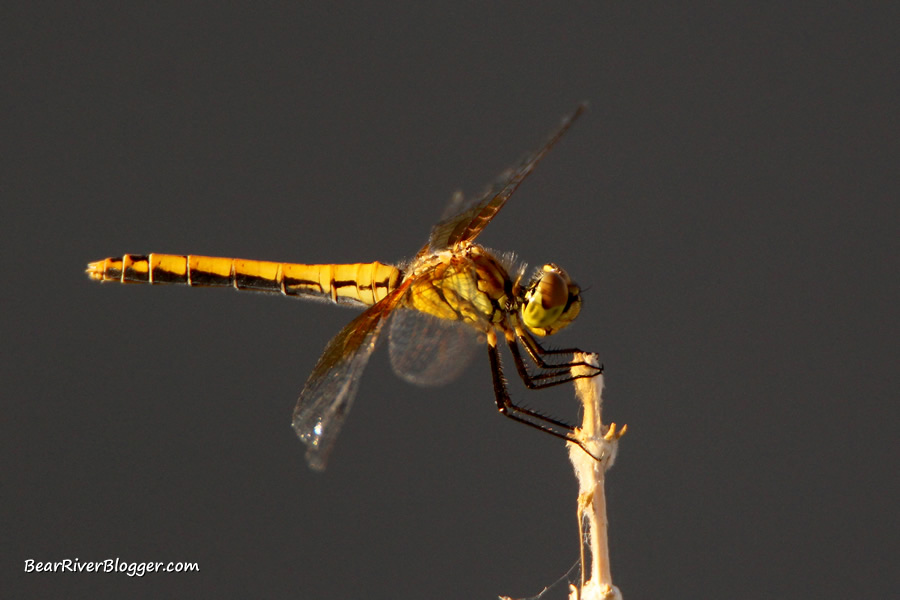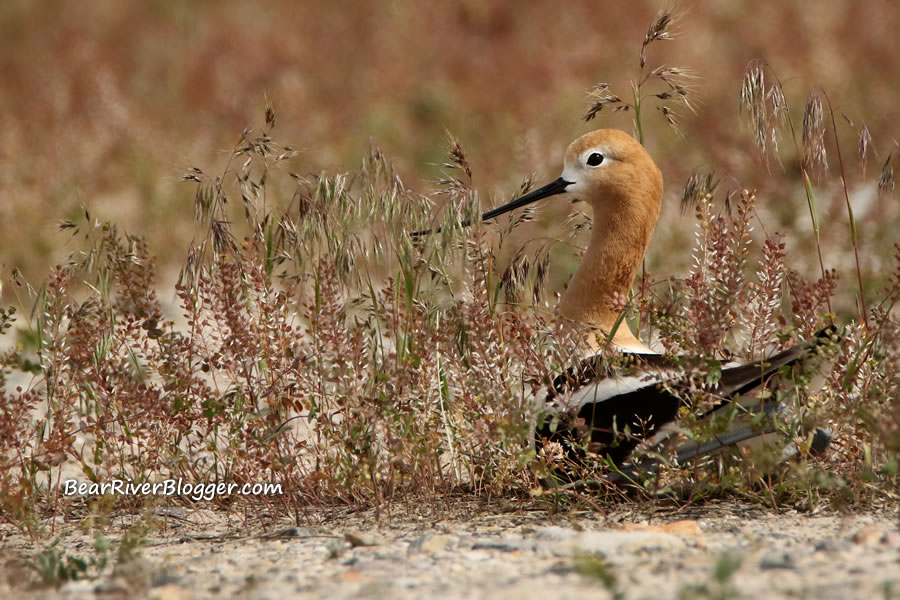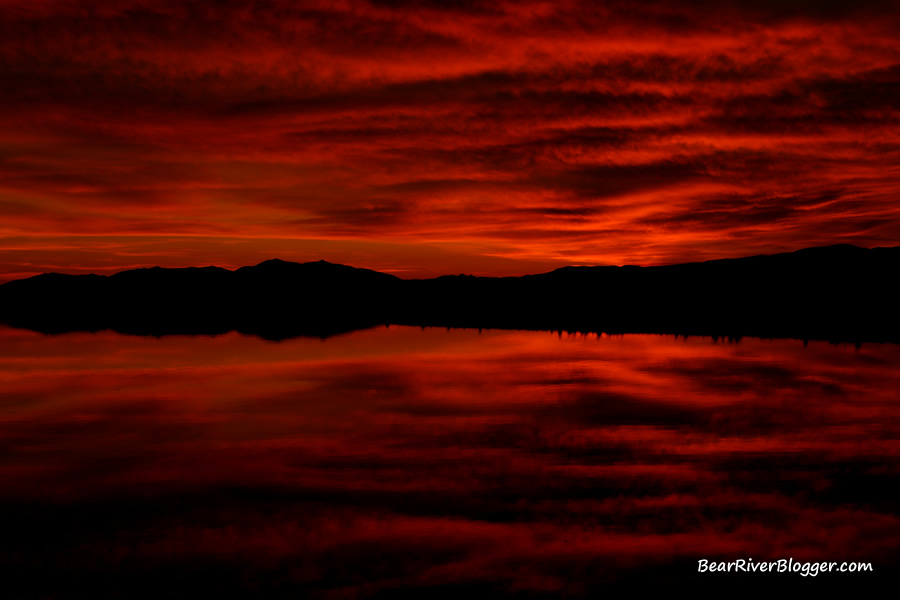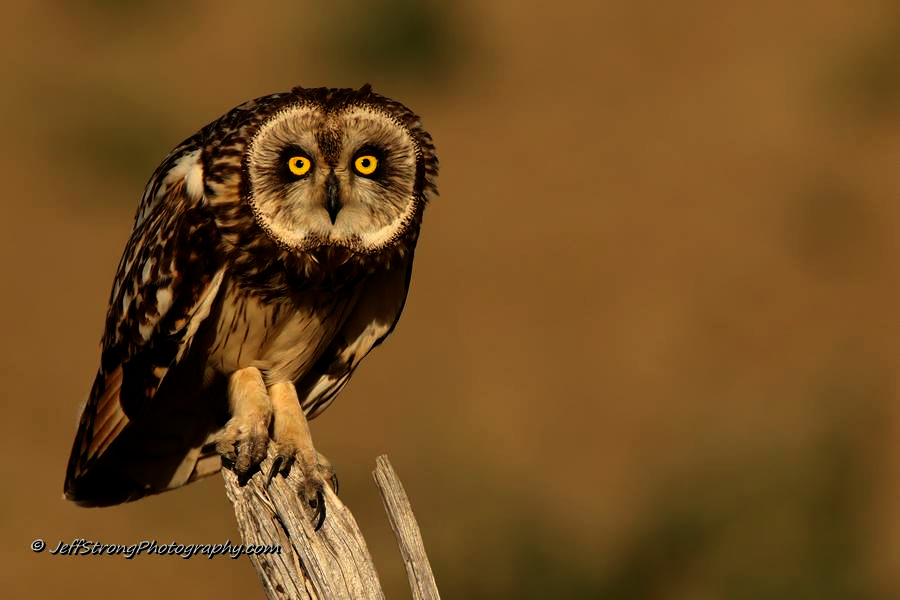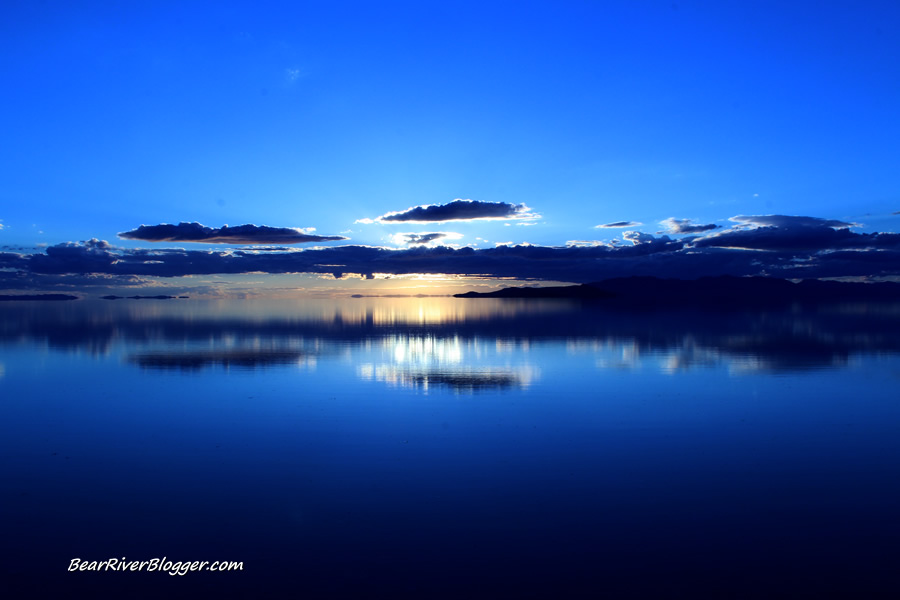When it comes to dragonfly photography, I try to do things a little bit different than other photographers, at least whenever it’s possible, that is, especially with regards to the background.
It’s not always the case, mind you, because photographing dragonflies, in general, can be quite a challenge at times, and you often just have to take what mother nature gives you.
But sometimes it does work out to where I end up with a unique image or two, one with a much-intended and very eye-catching super smooth background.
Birds, butterflies, or dragonflies, it doesn’t matter. Either way, it works with all of them, and those glass-like backdrops are the kinds of nature images that really get my juices flowing.
Tonight was one of those evenings where everything lined up perfectly for one of my favorite dragonfly shots, a lighted subject against a dark, smooth, shadowed background.
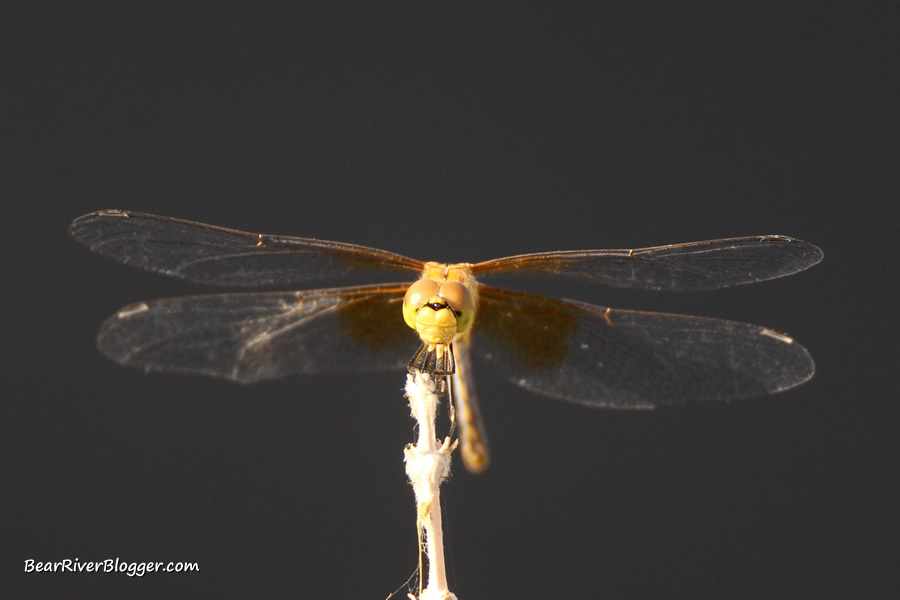
For beginning photographers, however, it can be a frustrating shot to get, I will admit.
The timing of the lighting has to be perfect, a dark and consistent background has to be present at the right angle, and, of course, you need a dragonfly and it has to cooperate. That, in and of itself, can be a tall order indeed.
The opportunity for this type of photograph usually lasts for only a few short minutes or so as the evening sun continually creeps down towards nightfall, eventually robbing you of the opportunity.
But when it does occur, take heed and grab your camera. You can definitely use this brief moment to your advantage and take a great dragonfly image.
Low and behold, this evening I caught it almost perfectly. Even the small dragonfly seemed to be eager to pose for me longer than usual.
Overall, it is fairly simple to get such a unique dragonfly image and it does take a little practice to recognize the necessary lighting and background conditions.
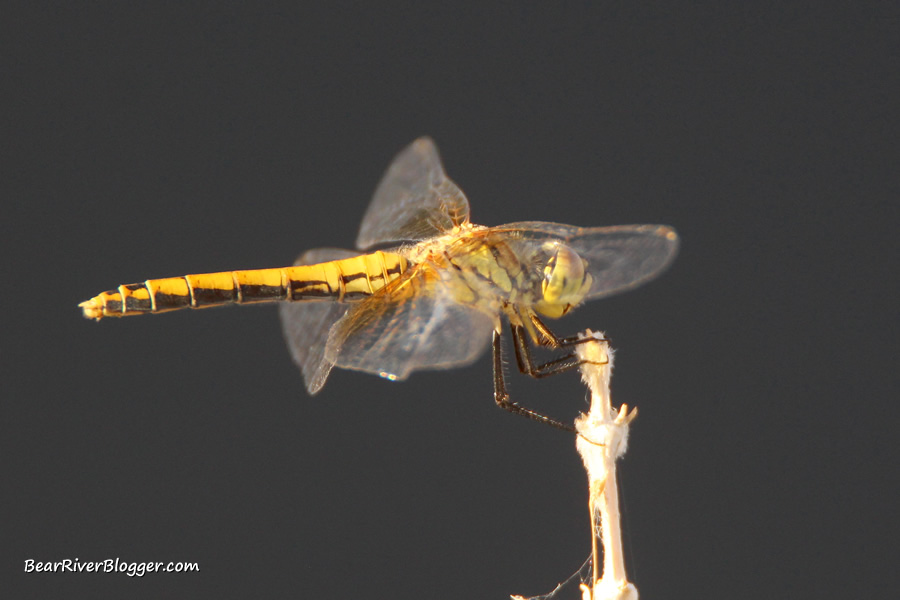
That, my friends, in a nutshell, is actually the hardest part of this kind of photo, finding the necessary shadowy background when and where the subject is still sunlit. It’s just a matter of timing, really.
But once you do it a couple of times, photographing dragonflies, or anything else for that matter, sunlit against a shadowed background is quite easy to master.
Setting Up The Shot
First, it might surprise you to learn the dark background in these particular images is nothing more than the asphalt road in front of my mother’s house. Yes, you read that correctly, a grungy, dirty asphalt road.
Like I said earlier, I like to do things a bit different than most other photographers, like using a road for a backdrop for a dragonfly image.
Strangely enough, a city street does make a great backdrop for dragonfly images if, however, you can catch it at the right time and blur it so the road, itself, is smooth as silk. (We’ll get into that part in just a bit.)
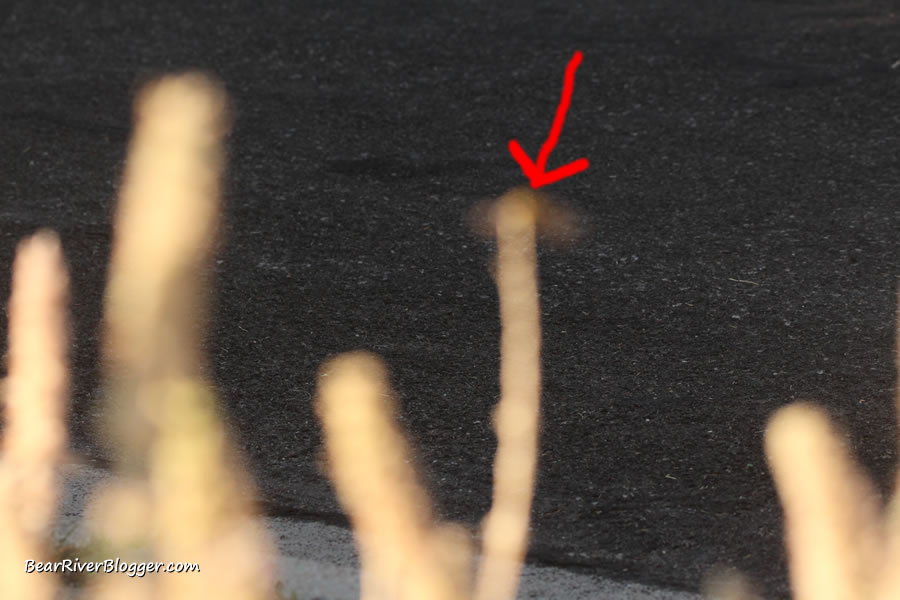
My mother’s front yard is a magnet for dragonflies during the summer. Each and every evening I sit out on the porch with her, I see numerous dragonflies flying around the yard.
It’s a perfect spot for dragonfly photography, the sun is at my back in the evening and I have a nice smooth backdrop, an asphalt road, to photograph against.
For the best color and detail, always set up your photo so the sun is at your back and shining directly on the dragonfly. You won’t get the best detail and color if you photograph with side lighting or looking directly into the sun.
Pick a spot where you have the sun over your shoulder and the background has few, if any, differences in lighting and contrast. The background should be a consistent palette with respect to color and shade so it will easily blur to be super smooth.
If you have a place like this, one where you can consistently find dragonflies, for example, watch the lighting in the evening and get an idea of what time of day the background is in the shadows but the subject might be sunlit.
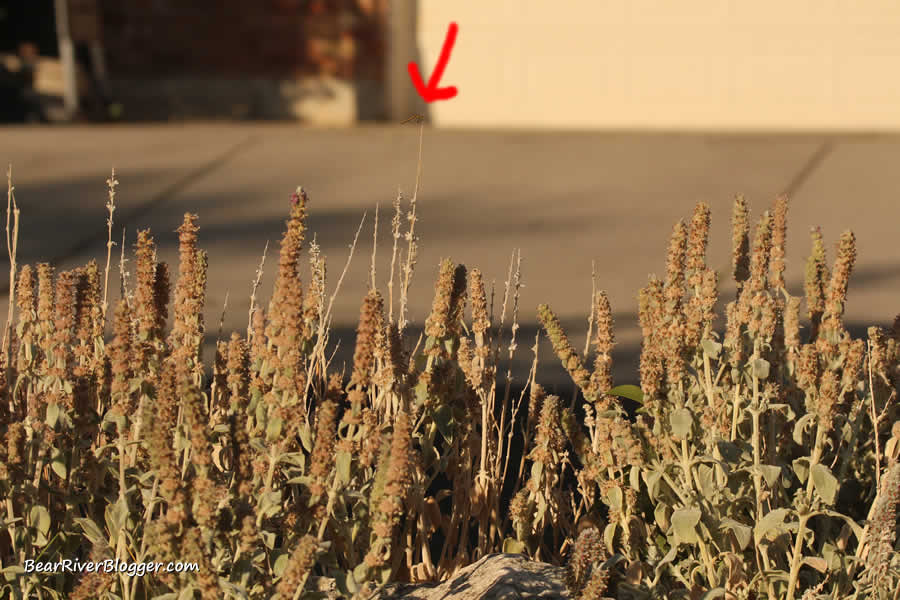
For me, I know dragonflies perch very consistently on the lambs ear in my mothers front yard. All I had to do was watch the sun and wait until the perch was in the sunlight but the road was in the shade.
That is when you want to be out with your camera, ready and waiting for something magical to happen.
If I was to spill the beans on the biggest lie in the photography world, the biggest part of a photographer’s job isn’t actually taking the photo, not by a long shot.
It’s the time spent far in advance preparing for the shot, such as researching and finding when the lighting is at its best for a particular effect, like this kind of image, for example.
It’s the preparation and planning that really makes an image work or not and, contrary to popular belief, there is a lot of that in nature photography, too.
Gear
For dragonfly photography, you will need a DSLR camera, a 600mm lens, a tripod, and, well, that’s pretty much it.
A macro lens is oftentimes prescribed for insect photography, and many times it does work great. But with dragonflies, it is hard to consistently get close enough with a traditional macro lens so I use my 600mm zoom lens instead.
I use the same 600mm lens for dragonflies as I do for bird photography, the Tamron 150-600mm zoom lens. I have used mine for several years now, 5-6 days a week, in fact.
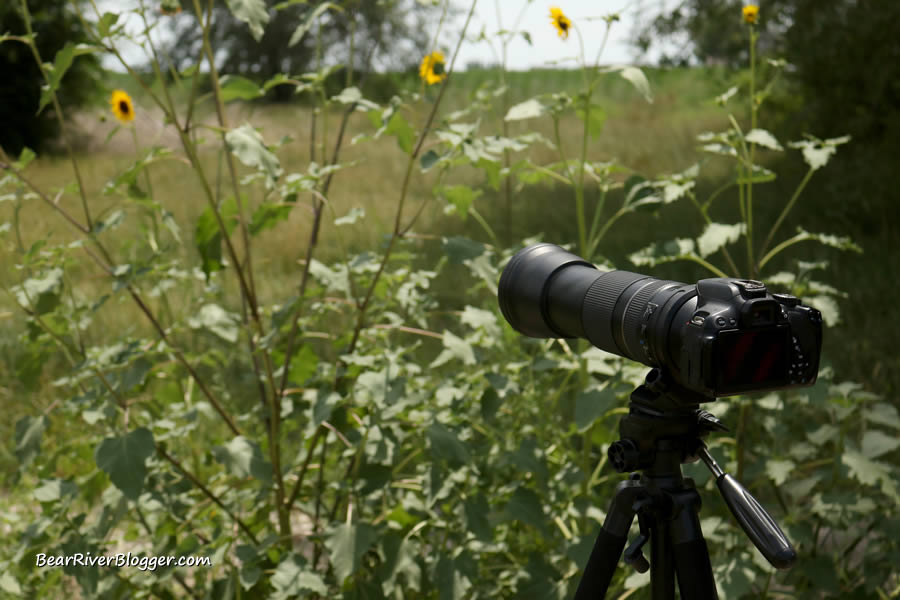
From my years of experience with it, I think the Tamron 600mm lens is one of the best inexpensive zoom lenses on the market today for nature photography, in my opinion, that is.
>
(As an Amazon Associate, I earn from qualifying purchases.)
It takes sharp images and it doesn’t cost an arm and a leg. Seriously, what else do you need?
Trust me, digital photography can get awfully expensive pretty quickly. But great images can be had with cheaper gear, such as the Tamron lens, if you understand and use the light to your advantage, thus getting the most out of what your lens can give you.
I have several DSLR cameras at my disposal, including a Canon 7D MKII, a 70D, and an old Rebel T4i.
You might be surprised to know I still use my old Canon Rebel a lot of the time despite having a couple “higher-end” cameras to use as well.
In fact, all of the images for this post were taken with my Canon Rebel T4i, just to show you money or gear doesn’t take great images, you do. (You can find out why I still use my Canon Rebel here on a previous blog post.)
After the lens and DSLR camera, the tripod is the last piece of camera gear you will need to photograph dragonflies. Actually, this piece of equipment is optional for some of you that can shoot hand-held.
If you have a steady hand, try it without a tripod and see how it goes.
I only use a tripod because I have a tendency to hold my breath for some unknown reason when I photograph, causing me to shake and quiver a bit.
The tripod gives me a stable rest from this weird and very frustrating bad habit.
So if you are like me and need a rest, set up and use a simple tripod. If you are able to shoot hand-held, that works well too.
Just keep in mind when photographing late in the evening with a large zoom lens, your camera will naturally be running at a slower shutter speed due to decreased light hitting the camera sensor.
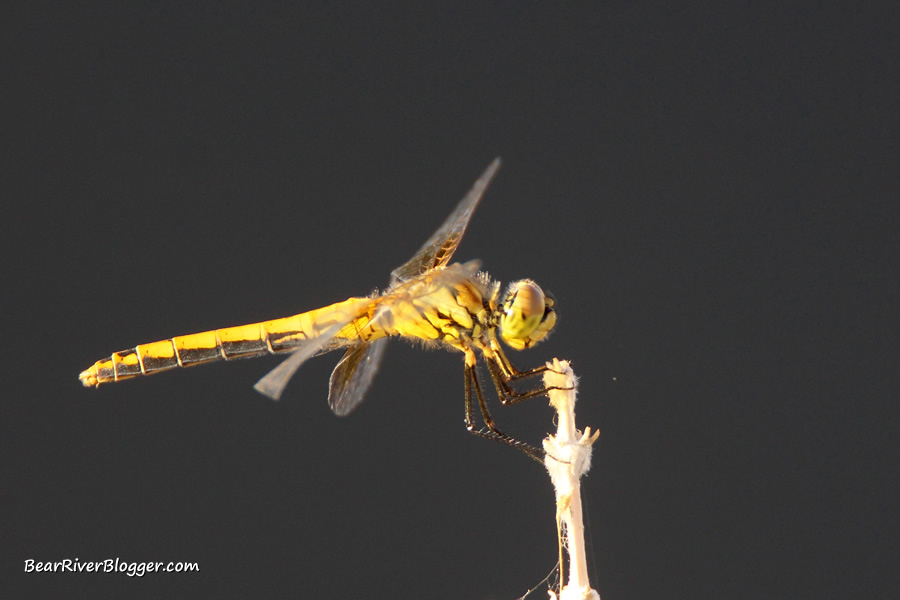
Camera shake can affect your images at slower shutter speeds and some kind of rest like a tripod, or even a monopod, can greatly help your images from being blurry in these circumstances.
Just something to think about next time you are shooting late evening like this.
Finding Dragonflies
In order to photograph dragonflies, you first must have dragonflies. Sounds simple enough, doesn’t it?
To find dragonflies, if you don’t have any around your yard, start your search by looking around water, especially ponds and waterways with little to no current.
Dragonflies are attracted to still or slow-moving water for 2 reasons, to lay their eggs in the water and to feast upon the numerous mosquitoes and other insects that also live around these watery habitats.
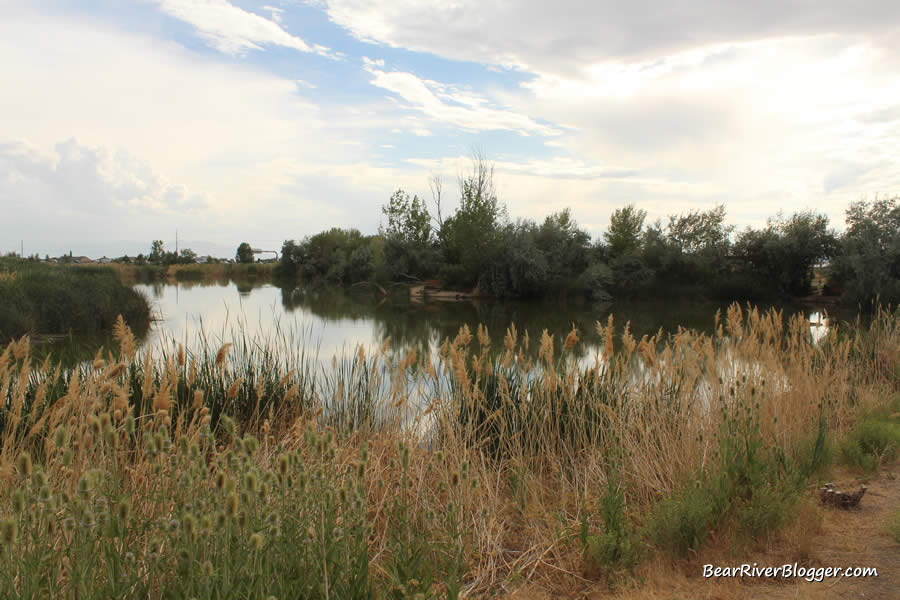
Small community fishing ponds, like the one at the USU Botanical Center, are an ideal place to find dragonflies during the summer. The best time to look for and photograph dragonflies is in the evening when they are the most active and flying around in search of mosquitoes on the wing.
Watch around the water’s edge for dragonflies, keeping an eye out for any that seem to stay within a particular area, their territory, of sorts. Dragonflies will often fly around a particular area and land on the same perch over and over again.
Watch for them to land and keep an eye on that particular piece of vegetation. If you see one land there more than once, that might be a great place to set up and wait for an opportunity to photograph a dragonfly.
Camera Settings
When photographing a single subject, such as a dragonfly or butterfly, as opposed to a landscape or scenery shot, I always use the Aperture Mode for my camera. It allows me to control the background blur more than the other camera modes do.
Simply put, the Aperture Mode is the best camera mode for nature photography because, with a little practice, you can blur the background and still have a fast shutter speed.
I set my ISO to 400 and by doing so, that forces the camera to run at a faster shutter speed than it would like to on its own if you allow it to run on a variable ISO setting.

You can’t choose your shutter speed in the aperture mode, but you can force the camera to run a lot faster with a fixed ISO and opening up the aperture setting to 7.1 or so.
This lets in a lot more light and causes the camera to react and speed up the shutter to keep from overexposing the image.
You don’t need a super-fast shutter speed for dragonflies resting on a perch, especially if you are using a tripod. But as a basic rule of thumb for nature photography, use the fastest shutter speed you can get with whatever light you have at your disposal.
Here are the camera settings and image data for the photos I took tonight.
ISO 400, 1/400, f 6.3, 552 mm.
Keep in mind, however, these settings are particular to the amount of light I had at my disposal, but they do serve as a good starting point for similar images.
Don’t be afraid to make any necessary adjustments if and when it is necessary.
Blurring The Background
One of the reasons I like the Tamron 600mm lens, or any large lens for that matter, is it is extremely easy to blur the background with such a large zoom lens.
Simply put, when you use more magnification, you inherently get more background blur. Add to this the effect a large aperture gives you, and you have the makings for a super soft, super smooth backdrop for your subject.
I actually wrote a more in-depth article on blurring the background so take a look at that post if you want the nuts and bolts of background blur, or bokeh as some call it.

But for now, to blur the background, use the most magnification and the largest aperture you can for your image.
You can also help the effect by trying to situate the background as far behind your subject as possible.
In nature photography, as many of you already know, this is not always possible but when you can set up your shot this way, it does help a lot by considering where the background lays in relation to the subject.
One last thing I will mention is adding a dragonfly pond to your yard can help attract more dragonflies to your yard to photograph. They are pretty simple to build, and from our experience, backyard dragonfly ponds do indeed attract dragonflies.
Conclusion
Well, that is pretty much it. It’s a simple process really to photograph dragonflies with a super smooth, dark background.
Just keep in mind you need to find an area and time of day your subject will be sunlit but the background will be in the shade.
Use your camera’s aperture mode and a long lens for the most background blur, or bokeh as some call it.
Look for dragonflies around the water and in the evening and just have fun. Photographing dragonflies is quite enjoyable but also a good learning experience for aspiring nature photographers.
I hope this helps you in your efforts to photograph dragonflies, or just nature in general. Feel free to share this post on your favorite social media outlet and with any of your nature or outdoor photography loving friends.
My Online Gift Store
I appreciate your readership and support for my website. If you are looking for a nature related gift, like a t-shirt or mug, for example, take a look at our ever-expanding online store Bird Shirts and More.
We continually add to our selection and all of the products are designed by us and made from our photography efforts.
We appreciate your patronage and support for our website and offer our readers a 20% discount on all of our products at Bird Shirts and More with the coupon code save20.
For more info about the mug below, click the image and visit our online store.
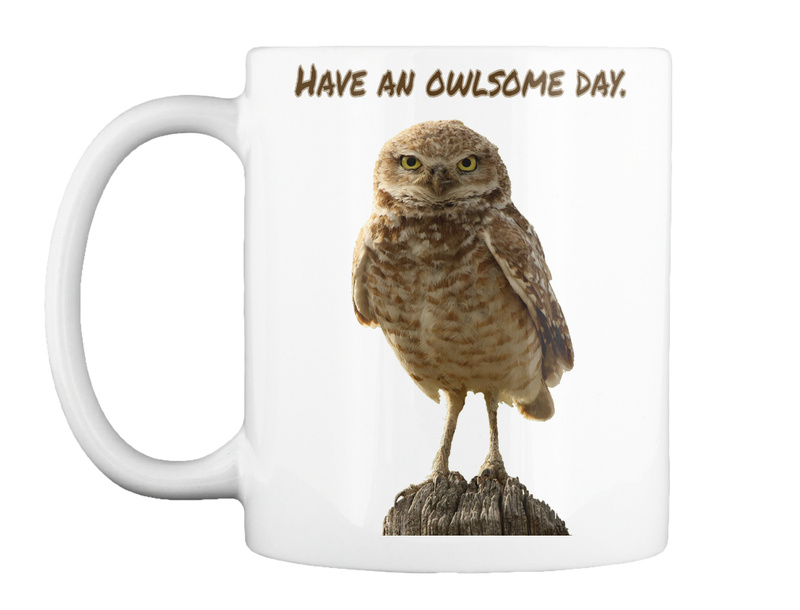
Subscribe
If you are a nature lover like I am, whether you are into photography or not, I offer you to subscribe to my blog.
I try to find interesting things in nature to photograph and write about, not only to entertain but also to educate and inform as well.
Much of what I like to write about is the Bear River Migratory Bird Refuge, a great place to not only view birds year-round but one of the places I go solely for dragonfly photography when the mood hits me.

